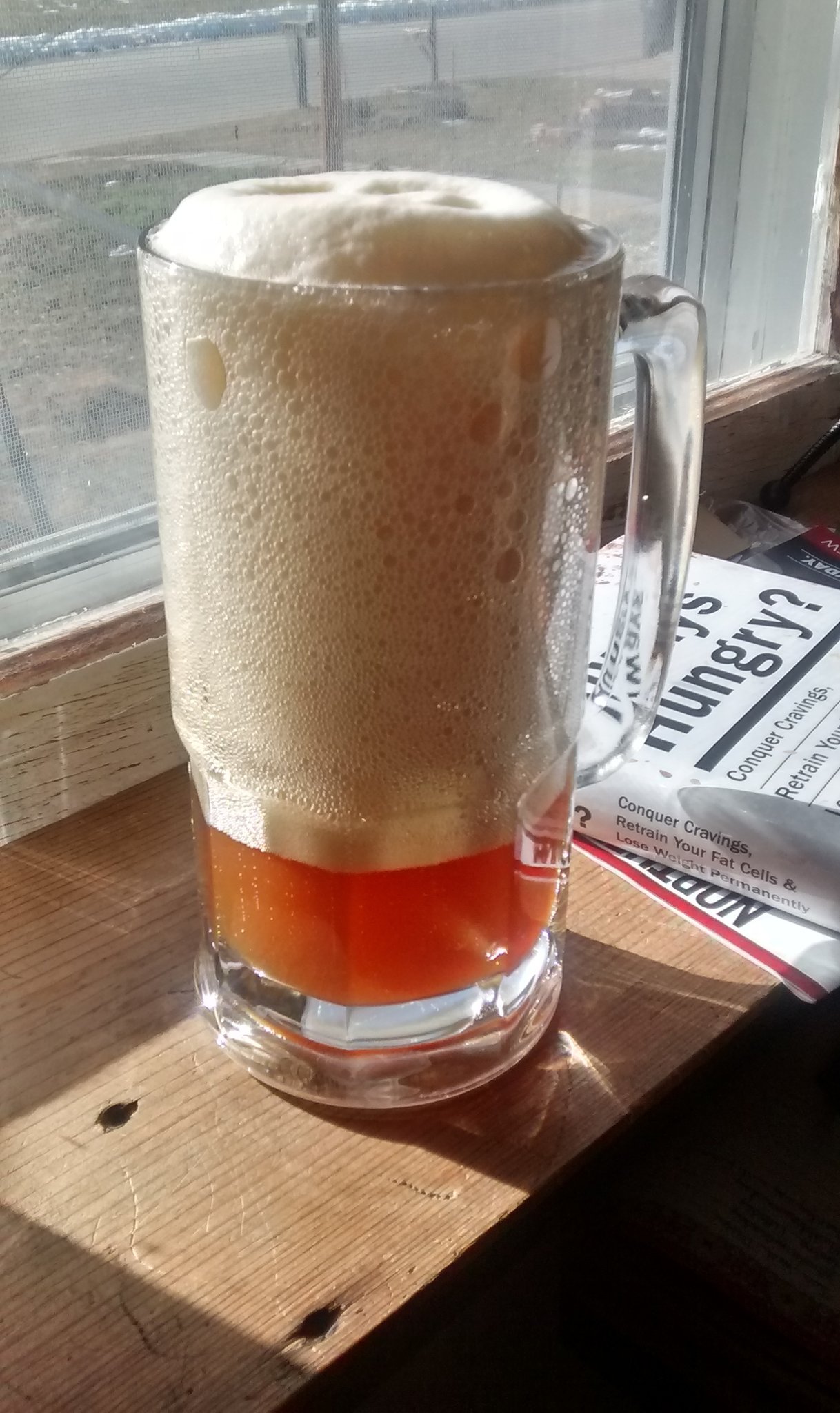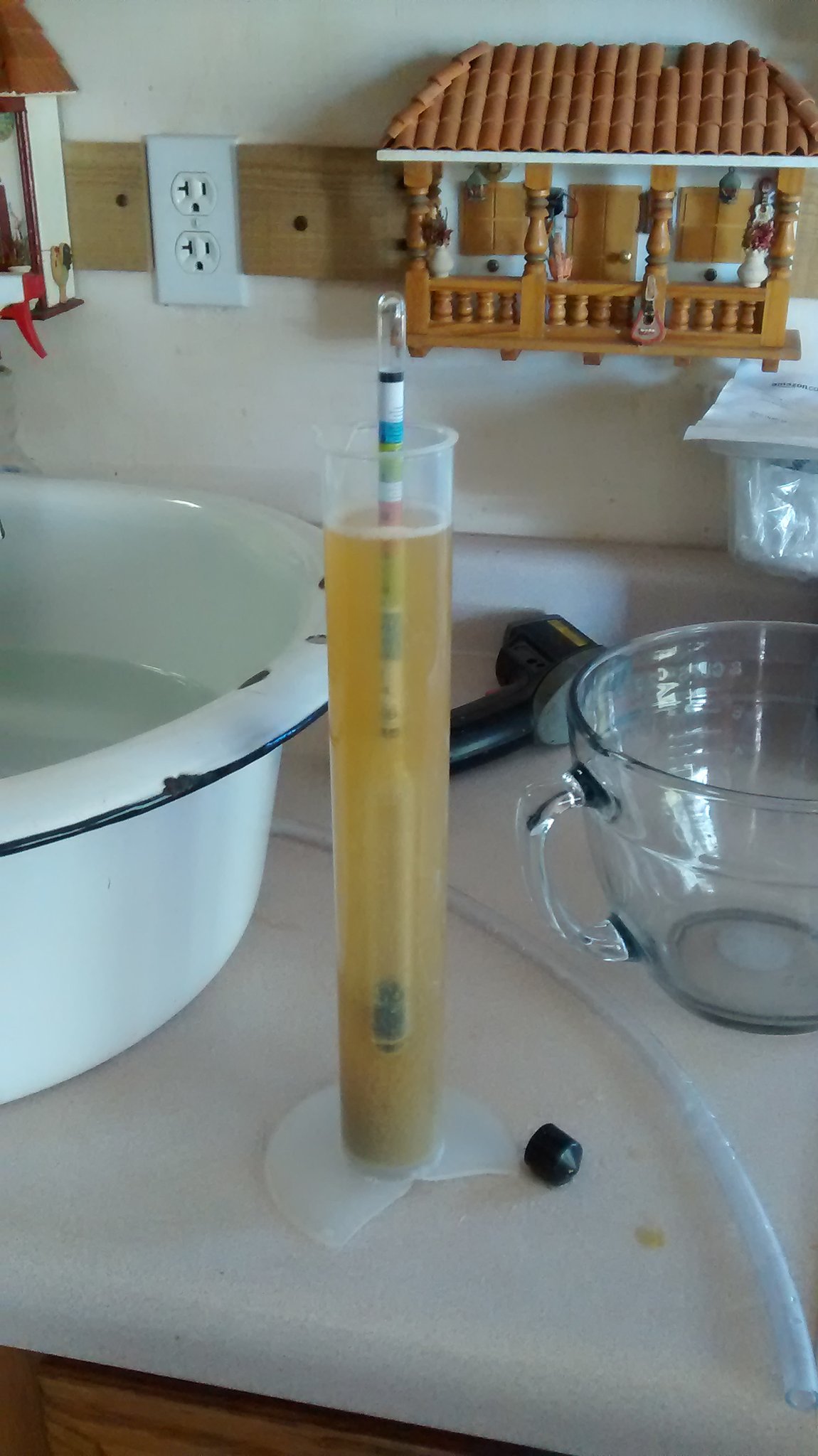Erik and I started the "Always Hungry?" meal plan February 1, 2015. We heard an author interview on Science Friday and purchased the book. To date, I have lost 6.9 pounds with a major reduction in exercising.
Exercise - When I am not scheduled for substitute teaching or on the road, I take a brisk 15 - 35 minute walk after breakfast and dinner. We try to run every other day. We are not running the 3-8 miles we used to run. Our workout (sit-ups, squats, t-stabilization, etc) has been few and far between. I am really enjoying the light workout loads.
Food Preparation - The first 3 weeks we followed the meal plans provided in the book. We had a couple major food receipts at Sam's Club and Wal-mart. Following the two huge shopping trips, the food bills are easier on the wallet, as we have purchased our initial pantry of oils, spices, and nuts.
Preparing the meals, snacks, and sauces is very time consuming. I enjoy making my own mayo & dressings. Three months into the plan, I have become more efficient at food prep. I can chop onions like a Food Network star.
Cooking - Cooking is designed so your main dish at suppertime becomes part of your lunch salad the following day. We enjoy many meals from the suggested recipes and have changed our eating habits and ways of selecting food.
One of my favorite dishes - Eggplant Parmesan. We have tweaked the recipe to omit the tofu and added chicken breast to make up for the protein.
Ingredients include - Eggplant, squash, ricotta cheese, mozzarella cheese, shredded chicken, and other additions such as onions, mushrooms, bell peppers. I don't even miss the pasta in similar recipes.
The salads are yummy with many suggestions on combinations of protein, salad greens, and cheese topped with homemade dressings.
List of meals - Index to Planning Meals on "Always Hungry?"
I miss the bread and processed sugars. When I come across breads and sugars, I am more mindful to enjoy the meal/snack. Many times choosing not to partake in the meal/snack with bread and processed sugars. We don't eat out as much as we used to and not eating out adds extra money we can spend on better food at the stores.
Exercise - When I am not scheduled for substitute teaching or on the road, I take a brisk 15 - 35 minute walk after breakfast and dinner. We try to run every other day. We are not running the 3-8 miles we used to run. Our workout (sit-ups, squats, t-stabilization, etc) has been few and far between. I am really enjoying the light workout loads.
Food Preparation - The first 3 weeks we followed the meal plans provided in the book. We had a couple major food receipts at Sam's Club and Wal-mart. Following the two huge shopping trips, the food bills are easier on the wallet, as we have purchased our initial pantry of oils, spices, and nuts.
Preparing the meals, snacks, and sauces is very time consuming. I enjoy making my own mayo & dressings. Three months into the plan, I have become more efficient at food prep. I can chop onions like a Food Network star.
Cooking - Cooking is designed so your main dish at suppertime becomes part of your lunch salad the following day. We enjoy many meals from the suggested recipes and have changed our eating habits and ways of selecting food.
One of my favorite dishes - Eggplant Parmesan. We have tweaked the recipe to omit the tofu and added chicken breast to make up for the protein.
Ingredients include - Eggplant, squash, ricotta cheese, mozzarella cheese, shredded chicken, and other additions such as onions, mushrooms, bell peppers. I don't even miss the pasta in similar recipes.
The salads are yummy with many suggestions on combinations of protein, salad greens, and cheese topped with homemade dressings.
 |
| Mozzarella Chickpea Salad with Sardines. |
 |
| Erik doesn't mind taking two lunch bags to work. |















